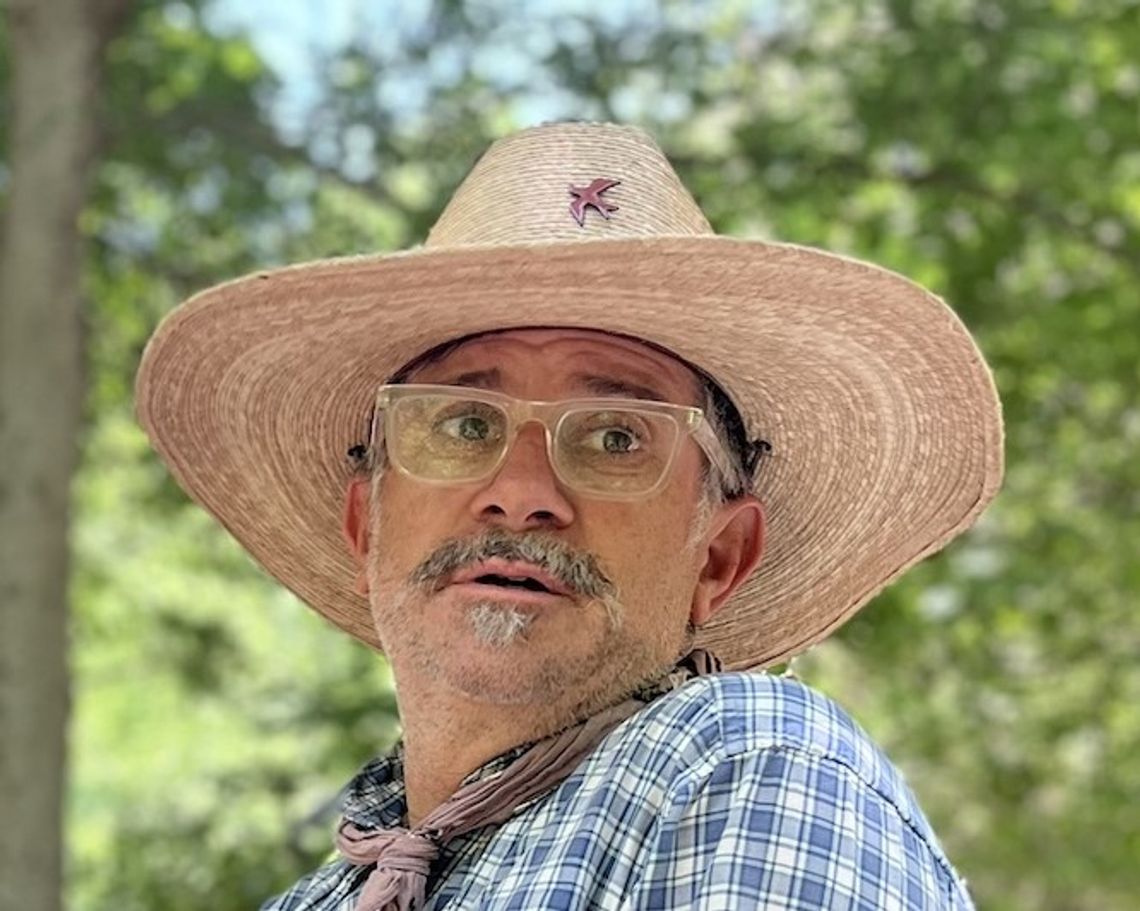There is nothing like meeting total strangers for a Winter Woodlands Riparian Walk.
We quickly formed a “woodland fellowship,” whose purpose was to make keen observations, and generate deep conversations about esoteric concepts.
One of the musings that came out of the “ hiking fellowship” was the noticeable difference between the multi-use sports field and the wooded riparian area. The flat effect of the sports field seemed denuded and offered little vertical relief to the eye.
The goal of our hike was to find as much vertical relief as possible, and the riparian zone of Cibolo Creek was going to offer everything that we were looking for.
Let’s be simple, the primary goal of a tree is to maximize the harvesting of sunlight, which fuels the chemical reaction of photosynthesis via the pigment chlorophyll, hence producing sugars that the tree turns into cellulose, hence the woody taste.
While growing happily in the woodlands for millennia, many species of trees have evolved to grow toward the sky while sharing the same space with other woodland competitors. Not all trees like their feet in the water, not all trees like sandy soil, not all trees like their neighbors too close, and some trees just like to sit on the shore.
The governing organism along certain areas of Cibolo Creek are the bald cypress and are closely followed by a handful of stately cottonwoods. These older giants find safety in numbers and buffer the wind in a communal effort.
%20Uploads/At%20The%20Trail%20tree%2003-03.jpg)
The lowland aspect of the creek bed is a labyrinth of roots where rocks, logs and leaves collect to deliberately slow the pace of passing water. The riparian zone “green belt” along Cibolo Creek is a living filter that grows up and out.
The dense woodland area along the shoulder of Cibolo Creek is a treasure trove of biodiversity, habitat and countless other capris of nature yet to be observed or understood. While the giants are serving as overwatch along the creek, many other species continue their growth upward while tolerating the dappled sunlight of the dominant over story.
Some species can tolerate the partial sunlight of the riparian zone while achieving their own max density; grapevine, poison ivy and Virginia creeper, to name a few. There is a smaller percentage of your typical natives living within the riparian zone that do not tolerate the dappled or half day sun, so they get crafty.
Some trees appear to intentionally “fall over” (disproportionate leaf load due to aspect) to gain horizontal distance from others and use their previous lateral growth as the new vertical leaders.
To complicate the unique tree growth forms even more, you can have “sail” or “flag” growth, where the tree will only produce lateral limb growth on one side due to sunlight availability.
The group had a laugh at the concept of “ grow up, not out” but this does not hold true for trees. As a tree grows vertically there is a need for diameter to provide structural support, and I will leave it right there.
The “woodland fellowship” took advantage of this cool, dormant time of year to gain fresh perspectives, learn how to identify trees by their buds, and mainly laugh. The next “woodland fellowship” will occur in late April since the green pelage of the riparian zone will be in place.
False spring is here, so please check the mesquite buds to be sure.
David Touchon is land manager for the Cibolo Center for Conservation.








Comment
Comments